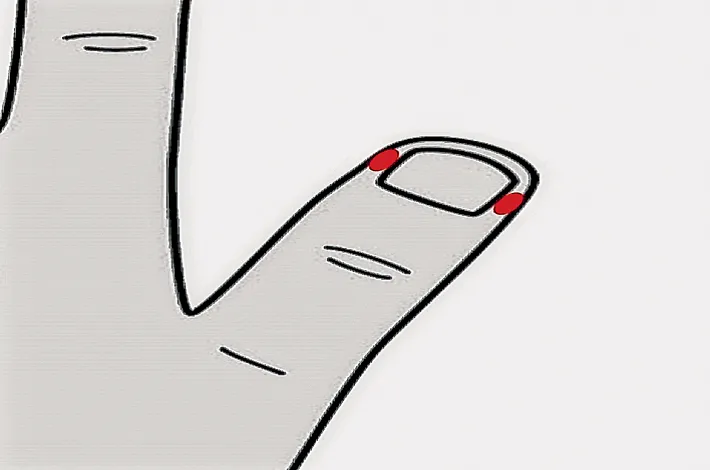Instant relief from molar pain
06-01-2025 12:00:00 AM

Rajshree Vora
Molar pain is a discomfort or ache in one of the large, flat teeth at the back of your mouth, commonly used for chewing. It can range from mild to severe and might indicate an underlying dental or health issue.
Symptoms
l Throbbing or sharp pain around the molar.
l Sensitivity to hot, cold, or sweet foods.
l Difficulty chewing, biting.
l Redness or inflammation around the affected tooth.
l Headache or ear ache in some cases.
Causes
l Bacteria damage the tooth's enamel, exposing sensitive inner layers.
l Bacterial infection creating a pus-filled sac, often very painful.
l Wisdom teeth failing to emerge properly, pressing against other teeth.
l Habitual clenching or grinding can wear down molars, leading to pain.
l A fracture in the tooth exposing the nerve.
l Pain in upper molars due to sinus pressure.
Home remedies
l Mix half teaspoon of salt in warm water and swish in your mouth.
l Apply cold compress to the outside of the cheek to reduce swelling and numb pain.
l Apply a small amount of clove oil to the tooth for its natural analgesic effect.
l Cool the peppermint tea bag and place it in the affected area.
l Crush garlic into a paste and apply it for antibacterial benefits.
Sujok Therapy
Massage on the highlighted area (see figure) for five to 10 minutes or till you feel better. You can also use Sujok ring and massage the thumb for 15 to 20 times. However, wear it continuously to avoid obstruction of blood flow. After massaging, apply mung seeds on sides of thumb. Use a medical adhesive tape to hold them in place.
(Rajshree Vora is an obesity consultant, dietitian and nutritionist, Sujok therapist, counsellor, and yoga therapist. You can write to her at enquiry@rajshreeyoga.com)








